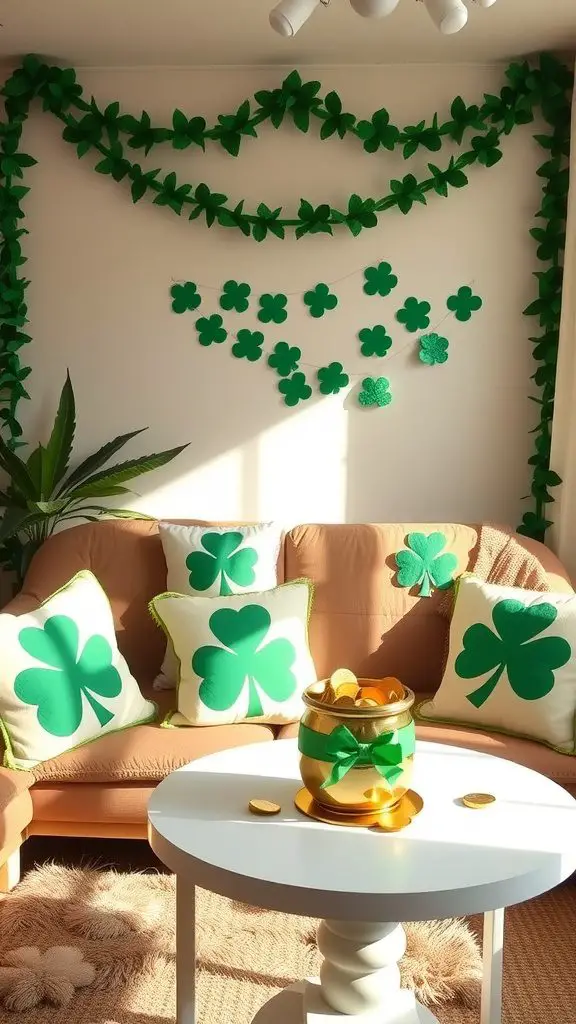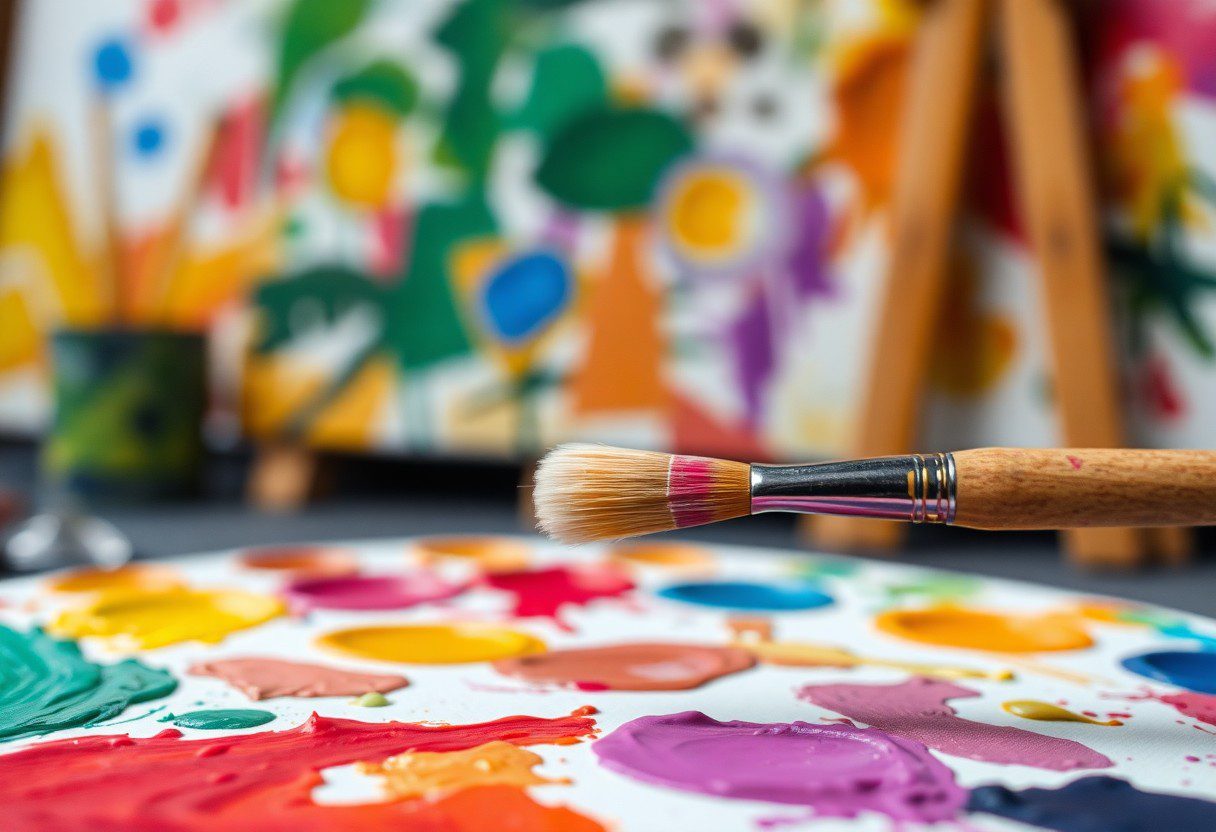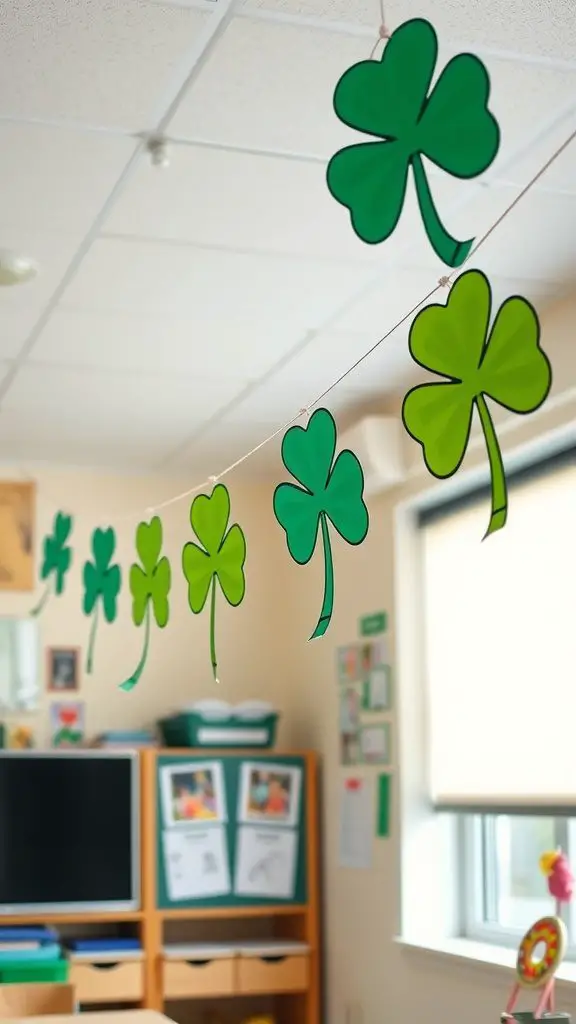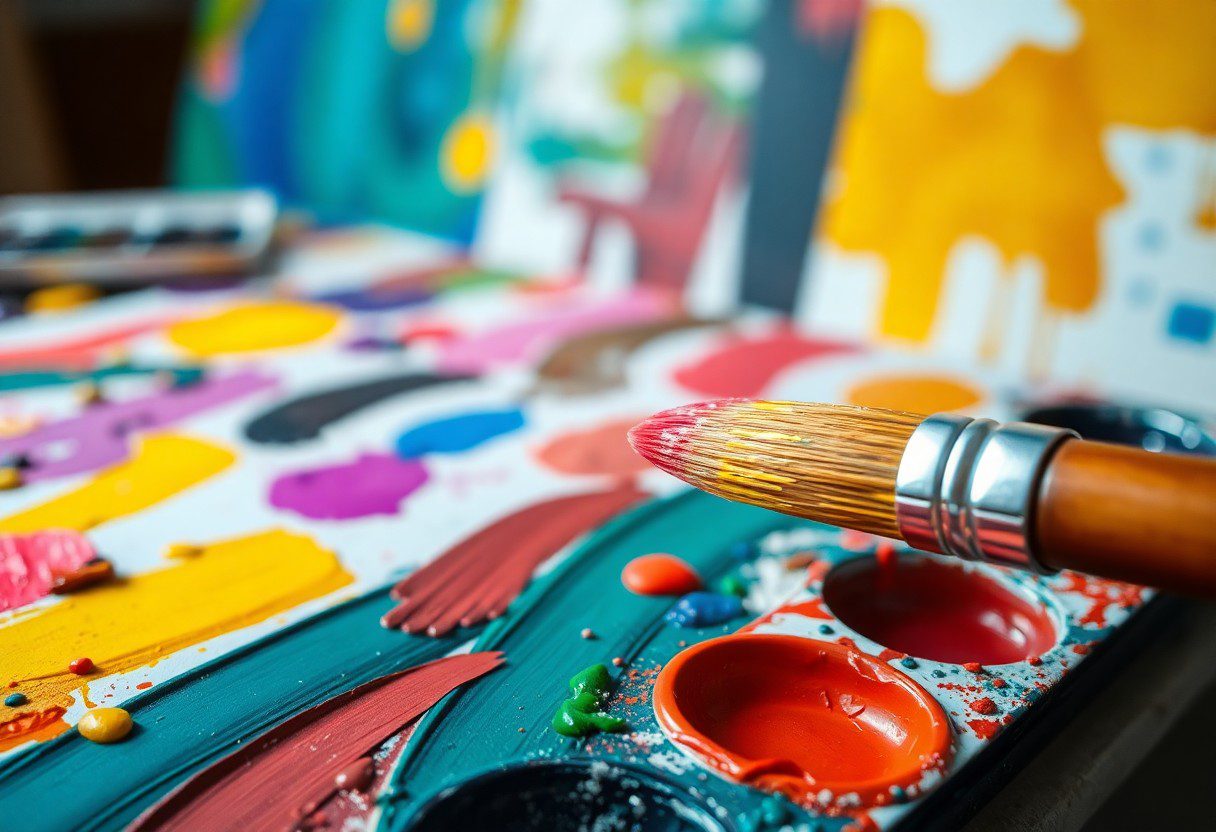Just when you think you have mastered the basics of painting, it’s time to elevate your artistry with unique brushwork techniques that can transform your work. By experimenting with different strokes, you can add depth and texture to your pieces, making them more engaging and dynamic. This guide will explore various brushwork methods that not only highlight your distinct style but also help you develop your artistic voice. Whether you’re a seasoned artist or just starting, these techniques will enhance your creative expression significantly.
Understanding Brushwork
A strong grasp of brushwork is imperative for any artist seeking to refine their style. Mastering various techniques allows you to convey emotion, texture, and movement in your work. Through practice, you’ll develop a personal touch that not only differentiates your art but also enhances your artistic voice. Recognizing how each technique can impact your overall expression will set you apart in the crowded world of art.
The Importance of Brush Technique
Against the backdrop of creating art, the technique you employ with your brush can significantly alter the visual outcome. Quality brushwork adds a layer of sophistication and depth to your pieces, making them more engaging. The way you handle your brush can evoke specific feelings and atmospheres, helping your audience connect with your work on a deeper level.
Different Types of Brushes and Their Effects
Effects of brush types on your artwork can be remarkable; choosing the right one can elevate your pieces significantly. Various brushes deliver distinct results, from texture to smoothing effects in your paint application. Understanding these differences will enable you to express yourself more effortlessly.
| Brush Type | Effects |
| Round | Versatile, great for detailing. |
| Flat | Ideal for bold strokes and washes. |
| Filbert | Combines traits of round and flat, perfect for soft edges. |
| Fan | Useful for textures and foliage. |
| Detail | Perfect for intricate patterns and lines. |
Consequently, utilizing different brushes can dramatically impact your artistic expression. Each brush type has its unique characteristics that can evoke different textures and feelings in your artwork. Familiarizing yourself with the effects of various brushes allows you to deliberately choose tools that align with your vision, transforming your ideas into captivating realities.
- Brush Types influence style.
- Technique enhances expression.
- Texture adds depth.
- Application allows for greater creativity.
- Mastery elevates your art.
The right choices in brushes and technique are pivotal in fine-tuning your work and developing a distinctive style that resonates with your audience.
Traditional Brush Techniques
There’s a rich history of traditional brush techniques that can elevate your artwork, granting you the ability to express nuances and details with confidence. These time-tested methods, such as strokes, washes, and layering, enhance your control over paint, allowing you to bring depth and texture to your creations. By understanding and mastering these techniques, you can significantly improve your overall style and artistic voice.
Stippling and Pointillism
Between the intricate dots of stippling and the serene patterns of pointillism, you can create stunning images full of vibrancy and texture. This technique invites a unique way of seeing, as the visual impact emerges through your strategic placement of small dots, leading the viewer’s eye across the canvas. By embracing these methods, you can explore new dimensions in your art.
Dry Brush and Glazing
Around the world of painting, dry brush and glazing techniques offer you the tools to achieve breathtaking effects with your art. Dry brushing allows for a rough, textured finish, while glazing lets light interact with the paint, creating depth and luminosity.
Also, using dry brush and glazing can significantly impact your artwork. A dry brush technique involves using a brush with minimal paint, enhancing textures and allowing the canvas to show through. This method is ideal for adding subtle details and rustic effects. In contrast, glazing builds transparency through layers of color, allowing light to pass through and transform your piece, giving it a rich, luminous quality. By mastering both techniques, you can create stunning visual contrasts, pulling your audience deeper into your work.
Contemporary Brush Techniques
Some contemporary brush techniques allow you to explore texture and movement in your artwork. By integrating innovative methods, you can breathe new life into your creations. Embracing these diverse approaches will not only showcase your unique style but will also inspire others as they encounter your work. Experimenting with such techniques can significantly enhance your artistic expression and overall aesthetic appeal.
Sgraffito and Impasto
Behind contemporary brush techniques, sgraffito and impasto stand out for their ability to add depth and complexity to your pieces. Sgraffito involves scratching through a surface layer to reveal a contrasting color beneath, creating striking lines and patterns. Impasto, on the other hand, allows you to apply paint thickly, generating a textured surface that can create dramatic visual impact, inviting viewers to engage more deeply with your work.
Splattering and Smudging
After mastering sgraffito and impasto, you can explore the dynamic techniques of splattering and smudging. These methods not only enhance your creativity but also enrich the emotional experience of your artwork.
It can be exciting to use splattering to create spontaneous, abstract elements in your art, allowing you to experiment with color and movement without strict boundaries. On the other hand, smudging can soften harsh lines, enabling you to blend colors seamlessly or create delicate transitions. Both techniques invite a sense of freedom in your process, while also presenting certain challenges, like control over paint application and cleanup. Embracing splattering and smudging can significantly elevate your artistic storytelling and enable your audience to experience emotion and energy in your work.
Color Mixing with Brushwork
Not only does brushwork affect the texture and movement of your artwork, but it also plays a significant role in how colors interact on your canvas. Mastering the technique of color mixing through brushwork can create stunning visual effects, turning ordinary hues into something extraordinary. Experimenting with different brush strokes allows you to explore the depths of color theory while adding unique and dynamic elements to your personal style.
Techniques for Harmonious Color Blending
After selecting your color palette, utilize techniques such as wet-on-wet application or softening edges with a clean brush to achieve harmonious color blending. These methods enable you to transition between hues smoothly, creating a uniform appearance that enhances the overall aesthetic of your piece. As you practice, observe how the interaction between colors can evoke different emotions and moods.
Layering Colors for Depth and Texture
After establishing a base layer, layering colors can significantly enhance depth and texture in your painting. This technique involves applying successive layers of paint, allowing each layer to dry before adding the next. Combining translucent and opaque colors will create a rich visual experience and add complexity to your artistic expression.
In fact, layering colored paint can create an impressive range of depth and texture that makes your artwork truly stand out. As you explore this technique, consider starting with transparent glazes to allow underlying colors to shine through, then gradually add opaque layers for intensity. Be aware of the drying times and how they influence your results; rushing this process can lead to muddy colors. Ultimately, this approach empowers you to develop a personalized style that reflects your vision, captivating your audience with every brushstroke.
Incorporating Unique Styles
Once again, it’s important to explore different artistic styles to enrich your brushwork and elevate your unique aesthetic. By diversifying your approach and experimenting with various techniques, you not only develop your own style but also enhance your ability to convey emotions and messages. Incorporating influences from multiple sources allows you to create captivating pieces that stand out and resonate with your audience, making your artwork undeniably distinctive.
Cultural Influences on Brushwork
By integrating cultural influences into your brushwork technique, you broaden your perspective and add layers of meaning to your artwork. Different cultures offer a rich tapestry of styles, symbols, and methods that can inspire your creative process, ultimately enhancing your overall artistic expression and timbre.
Experimenting with Personal Techniques
Below the surface of traditional brushwork lies an opportunity for innovation and self-discovery. By exploring and experimenting with various personal techniques, you can refine your style and develop an unmistakable signature in your artwork.
Hence, as you explore into personal experimentation, embrace the freedom to try unconventional methods and tools that challenge your comfort zone. Incorporating techniques such as layering, mixing mediums, or altering brush sizes can yield surprising results that enrich your practice. Allow yourself to make mistakes along the way, as each choice—deliberate or accidental—teaches you something valuable about your style. Authenticity often stems from exploration, so let your curiosity guide you as you enhance your unique brushwork.
Practice and Experimentation
Keep in mind that the journey to mastering unique brushwork is fueled by consistent practice and bold experimentation. Step outside your comfort zone, challenge your techniques, and allow your creativity to flow freely. By taking the time to explore different styles and approaches, you will sharpen your skills and develop a distinct artistic voice that reflects your personality and vision.
Developing Your Brushwork Skills
Behind every expert artist lies a wealth of practice and deliberate skill development. To enhance your brushwork, dedicate time to learning various techniques, understanding the anatomy of brushes, and experimenting with diverse materials. This foundational knowledge will empower you to elevate your artistry and explore new creative avenues.
Creative Exercises for Improvement
Across your artistic journey, challenging yourself with creative exercises can significantly enhance your brushwork skills. Engaging in specific tasks, such as experimenting with different brush strokes, mimicking nature, or even painting blindfolded, can broaden your understanding of texture and flow. These activities not only boost your technique but also spark innovation, encouraging you to push the boundaries of your artistic style.
Further, you can adopt a variety of creative exercises designed to improve your brushwork. Try setting a timer and create quick sketches to focus on speed and fluidity, or use unconventional tools like sponges or palette knives to break away from traditional brush applications. Be open to making mistakes, as these often lead to unexpected breakthroughs in your style. Embrace the process, and soon you’ll uncover a fresh perspective that revitalizes your artwork and enhances your unique brushwork.
To wrap up
Presently, incorporating unique brushwork techniques into your art can significantly elevate your style and personal expression. By experimenting with different strokes, textures, and layering methods, you can discover new dimensions in your work that resonate with your artistic vision. Embrace the process of exploration, allowing each brushstroke to teach you something new. As you refine your skills, you’ll not only enhance your creations but also deepen your connection to the art you produce, allowing your individuality to shine through in every piece.
FAQ
Q: What is ‘Unique Brushwork’ in art?
A: ‘Unique Brushwork’ refers to the distinct techniques and styles artists use to apply paint to their canvases. This encompasses various brushstrokes, textures, and layering methods that contribute to the overall feel and personality of a piece. By experimenting with different brushes and techniques, artists can create a unique visual narrative in their work.
Q: How can I enhance my art style using unique brushwork techniques?
A: Enhancing your art style through unique brushwork can be achieved by practicing different painting techniques, such as layering, glazing, and dry brushing. Try using a variety of brushes—flat, round, and fan brushes—to see how each affects your work. Additionally, studying the techniques of other artists can provide inspiration and help you incorporate new styles into your own practice.
Q: Are there specific materials required to achieve unique brushwork?
A: While you can create unique brushwork with standard materials like brushes, canvas, and paint, experimenting with specialized tools can elevate your technique. Consider using palette knives, sponges, or even unconventional objects like fabric or fingers to achieve different textures. The type of paint you choose—acrylic, oil, or watercolor—also impacts your brushwork’s effectiveness and style.
Q: Can you provide examples of unique brushwork techniques?
A: Sure! Some examples of unique brushwork techniques include the ‘scumbling’ technique, where a dry brush is used to apply a thin layer of lighter paint over a dried layer; ‘splashing’ paint for an abstract effect; and ‘pointillism’, which involves applying small dots of color. Each technique contributes to texture, depth, and emotion, enhancing the overall aesthetic of your artwork.
Q: How do I know when to switch up my brushwork style?
A: Recognizing when to change your brushwork style typically comes from self-reflection and observation of your work. If you find that your art feels repetitive or lacks excitement, it may be time to experiment with new techniques. Seeking feedback from peers or mentors can provide valuable insights, and attending workshops can introduce you to new styles that inspire innovation in your brushwork.





